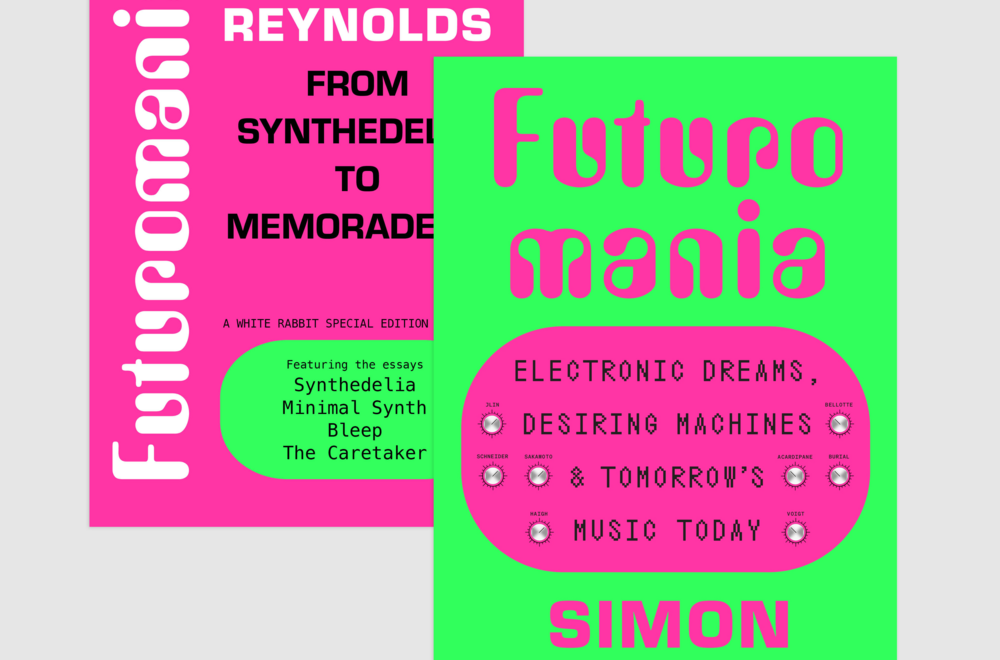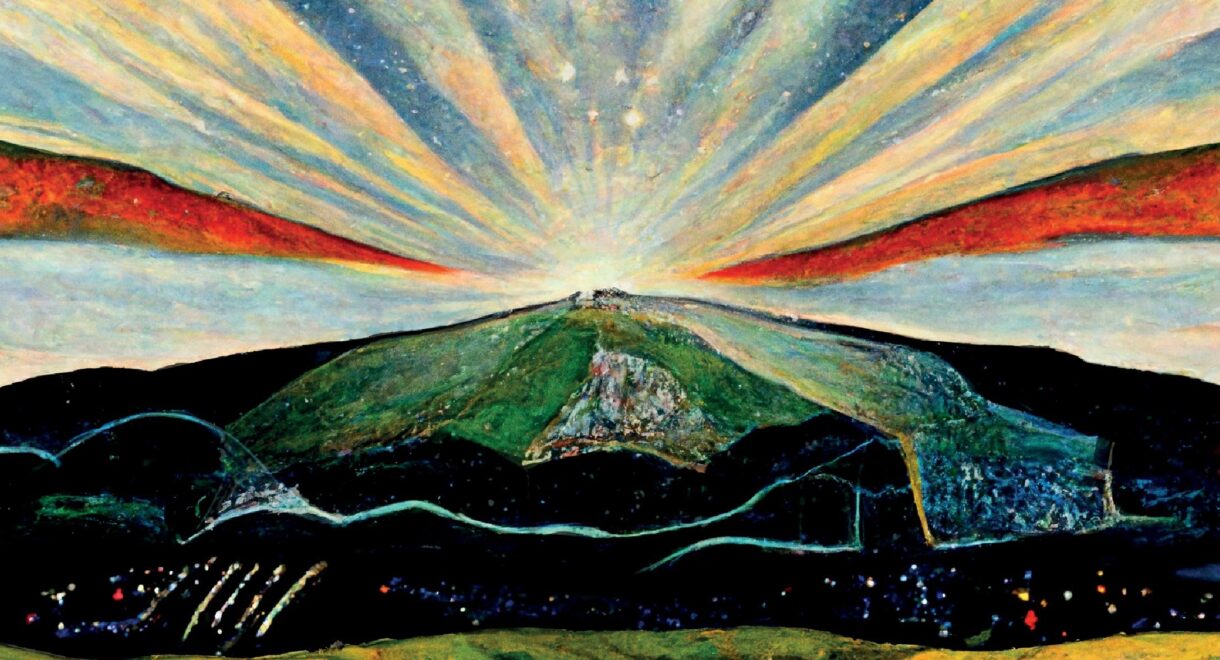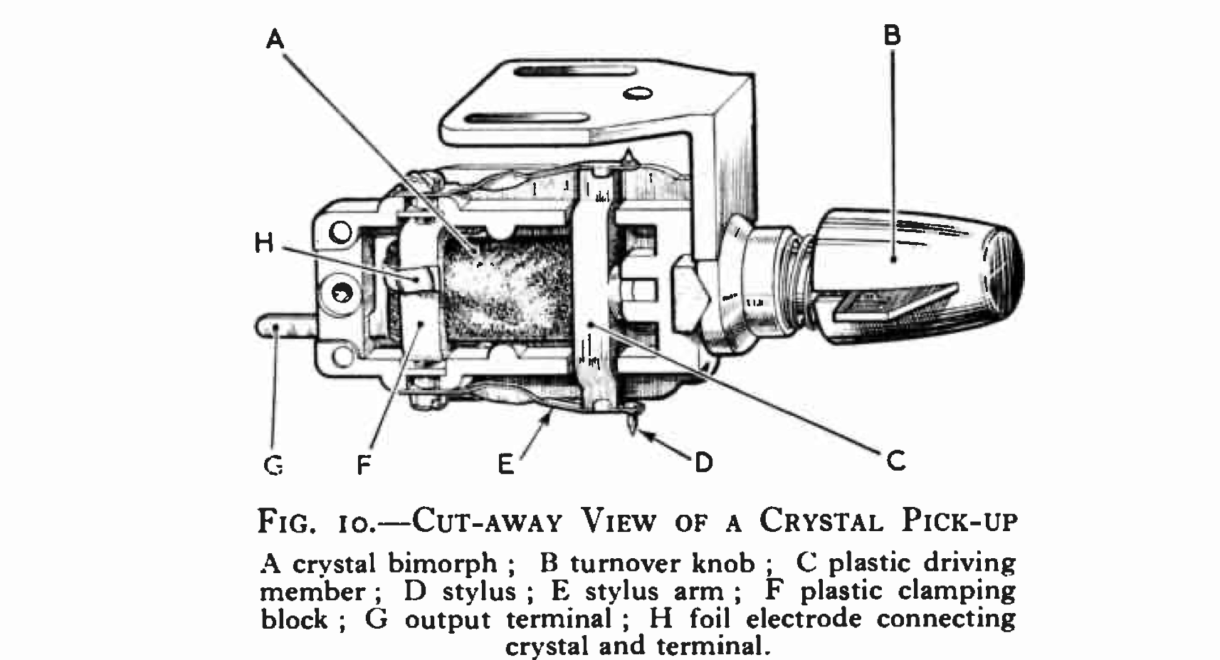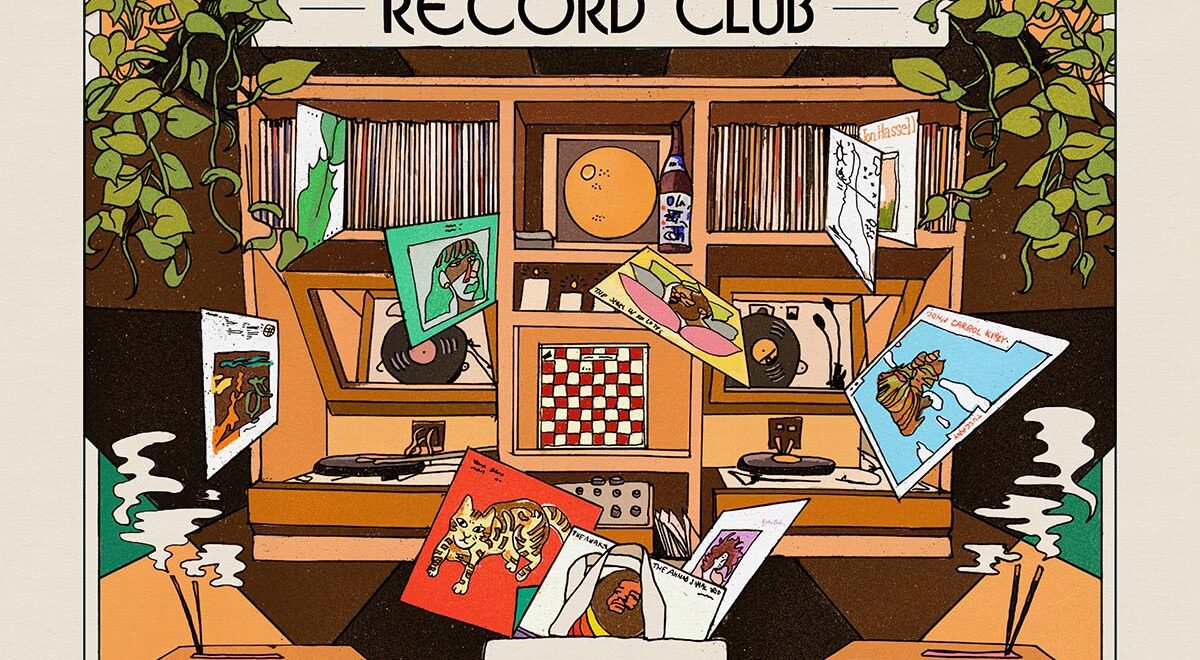The summer is halfway over and you’ve been scrolling for like, what, six weeks straight now? Step away from your phone (after reading this, of course). An analog […]
How Synapse, a 1970s electronic music magazine, documented the birth of a movement

In the third issue of Synapse, a mid-1970s magazine devoted to news and features on the burgeoning field of electronic music, editors Douglas Lynner and Angela Schill offer a brief synopsis of their new magazine’s goal:
Our purpose in editing Synapse is to furnish a source of information, as well as providing a forum supportive of the ideas and development of electronic music and related fields.
Founded in 1976 in North Hollywood and running for three years, Synapse was a low budget affair that aimed to document the maker-technicians who were pushing electronic music into the future. It featured interviews with artists including Brian Eno, Herbie Hancock, George Duke, Kraftwerk, and Morton Subotnik, most of whom seemed giddy at the chance to talk seriously about electronic music during a time when music culture was obsessed with arena rock, disco, punk, and fusion.
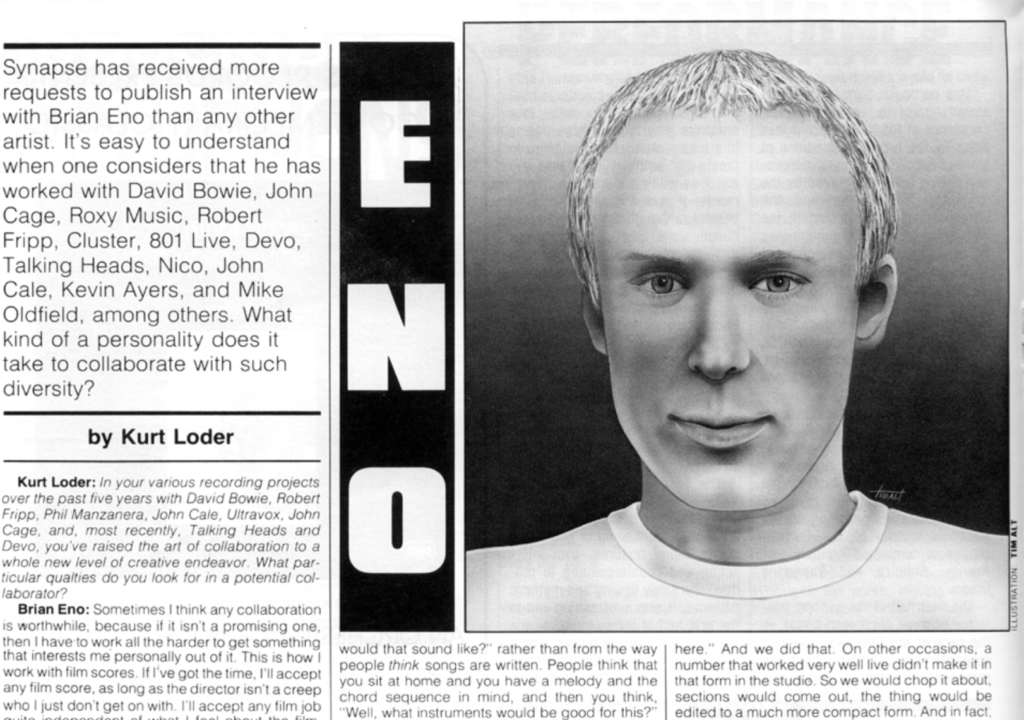
“Each piece is new and jarring,” wrote columnist Sam Levine in Sample & Hold, his monthly column, on the challenges in qualitatively assessing the new sounds coming out at the time. “It’s not comfortable and familiar. It hasn’t had the chance to be heard over and over again to be really well evaluated. The musical vocabulary is new and not completely established yet. Many new works are simply experiments inspired by new techniques discovered or new instruments that are available.” (Neil Young borrowed the title “Sample & Hold” for his Trans track of the same name.)
Check out this 1979 page of record reviews, which includes notes on “Blue” Gene Tyranny’s Out of the Blue, Suicide’s eponymous debut, Jon Hassell’s Vernal Equinox, Robert Ashley’s Private Parts and the first release, the Temple City Kazoo Orchestra’s Some Kazoo, by a little label called Rhino Records, which would go on to transform the archival business and reframe the conversation about reissues and collections.
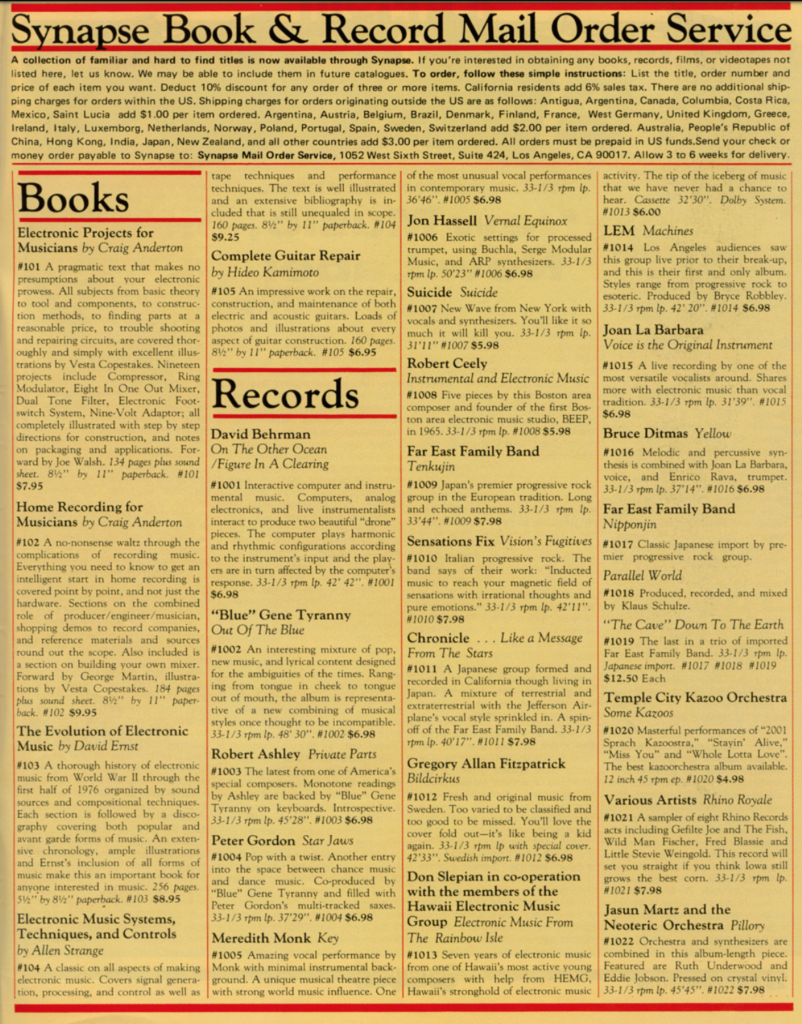
These review sections, in fact, offer a fount of tips on esoteric records to chase. For example, have you ever heard of Joan La Barbara? I hadn’t until reading about her in Synapse. The capsule review on her “Voice is the Original Instrument” offers just enough info to pique your curiosity: “A live recording by one of the most versatile vocalists around. Shares more with electronic music than vocal tradition.” That’s how I stumbled on her second album, Tapesongs, from 1977.
Check this out:
Then there’s the May/June 1977 issue. Its cover features an illustration of Robert Moog, teases interviews with Herbie Hancock and George Duke, and has a feature on vocal synthesis that offers a kind of how-to on building your own voice box.
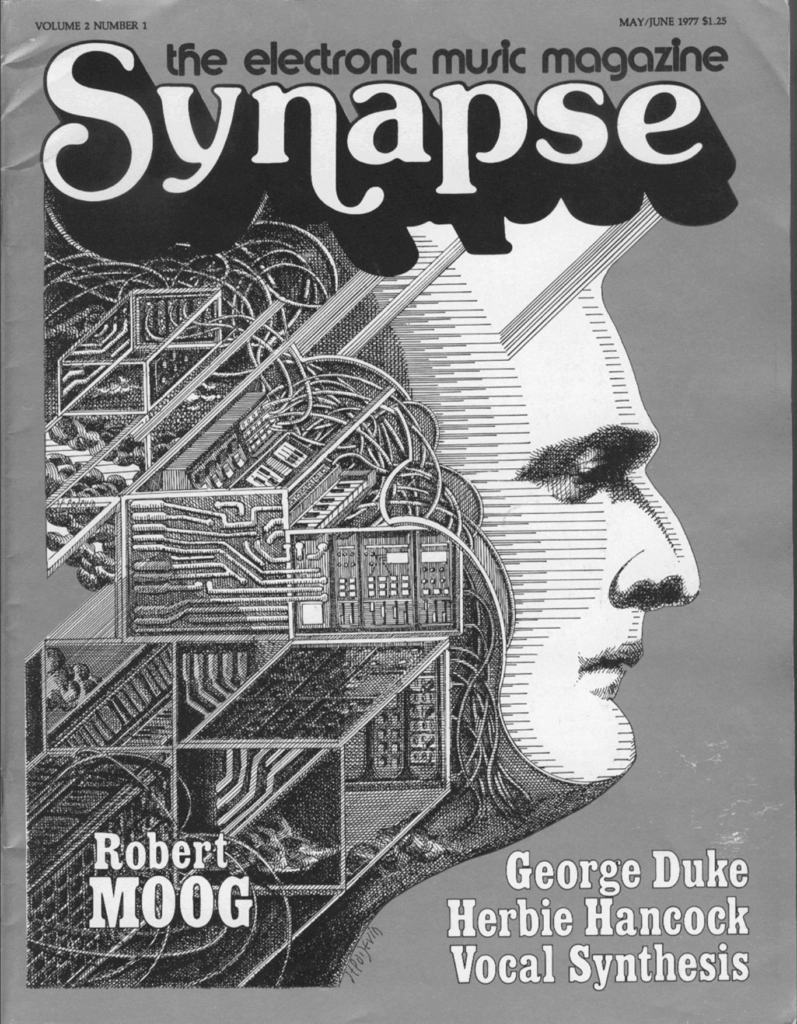
The Synapse archives have jumped around a lot – there are a lot of dead links out there in old blog posts – but seem to have found a stable home at Archive and also Doug Lynner’s Neat Net Noise, linked below.




